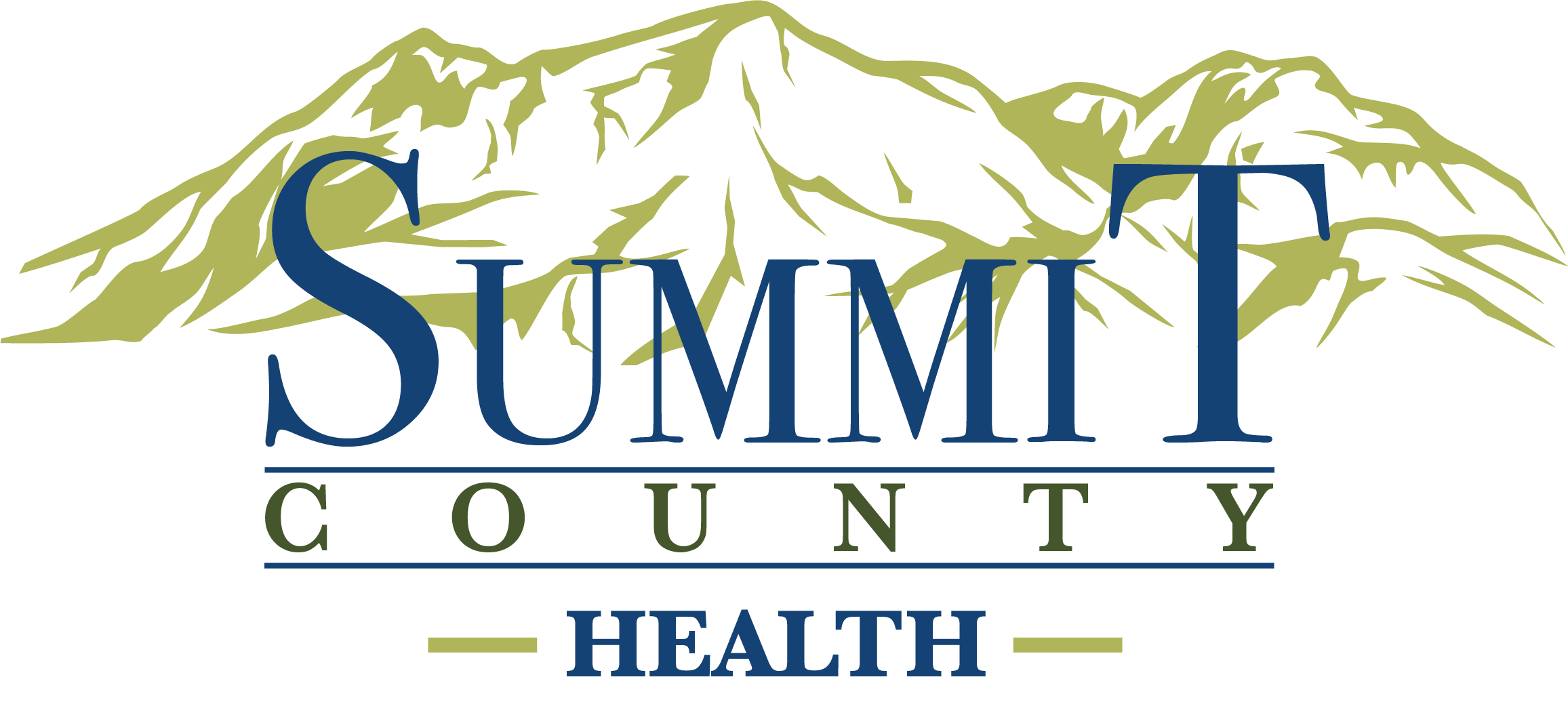A Brief Guide to Mold, Moisture and Your Home
Origin of Molds
Molds are part of the natural environment. Molds are simple, microscopic organisms, found virtually everywhere, indoors and outdoors. Molds can be found on plants, foods, dry leaves, and other organic material. Molds are needed for breaking down dead material. Mold spores are very tiny and lightweight, and this allows them to travel through the air. Mold growths can often be seen in the form of discoloration, ranging from white to orange and from green to brown and black.
Indoor Mold
Indoor mold can be very costly if allowed to spread in the home and can seriously affect the market value of a property. Mold-related home repairs are typically not covered by homeowner’s insurance. Mold can cause structural damage to your home if not properly addressed. Molds have the potential to cause health problems. When airborne mold spores are present in large numbers, they can cause allergic reactions, asthma episodes, infections, and other respiratory problems for people.
Mold Standards and Regulations
There are currently no federal or state standards or regulations for judging what is an acceptable quantity of mold. This is mostly due to the variation of individual sensitivity. The presence of various types of mold at various levels will affect people in a variety of different ways. People who are extremely sensitive or allergic to molds are likely to react much more severely than a person with no known allergies.
Because there are no standards or regulations pertaining to mold, SCHD does not perform mold investigations or provide testing services for individual residents or businesses. However, SCHD is available to assist the general public with their concerns and /or questions regarding mold, effects of mold, mold growth and prevention.
Contact Us
Environmental Health Division, Summit County Health Department
650 Round Valley Drive, Park City, Utah 84060
Phone: 435-333-1511, Fax: 435-333-1580
summitenviro@summitcounty.org

